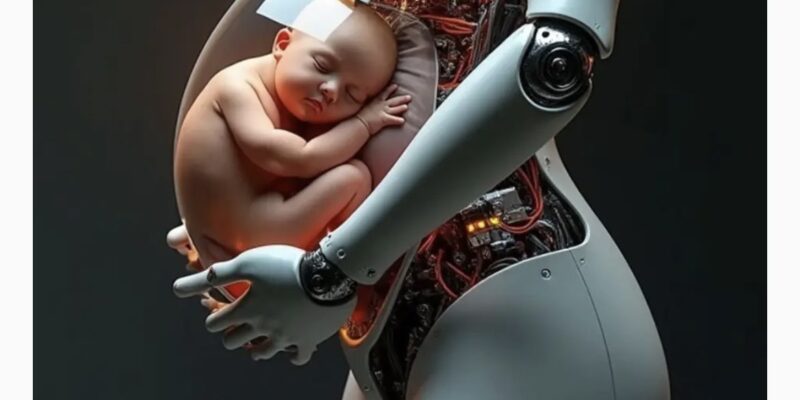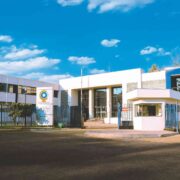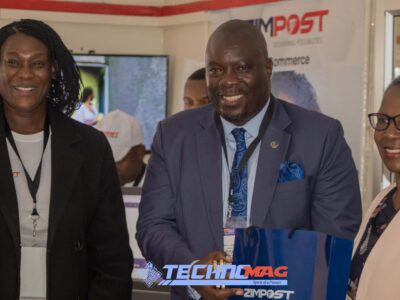A Chinese tech company is racing to deliver what could be one of the most groundbreaking innovations in reproductive technology: a humanoid robot designed to carry and deliver a baby.
Kaiwa Technology, based in Guangzhou, has announced its ambitious project to build a life-sized humanoid robot embedded with an artificial womb—capable of replicating the full human gestation process. Expected to debut by 2026 and priced under 100,000 yuan (around $13,900), the robot is being positioned as a radical alternative to traditional pregnancy, particularly for individuals or couples seeking to avoid the physical and emotional tolls of childbirth.
The concept was officially unveiled at the 2025 World Robot Conference in Beijing by Kaiwa’s founder, Dr. Zhang Qifeng, who is also affiliated with Nanyang Technological University. According to Dr. Zhang, this is not just a high-tech incubator—it is an interactive humanoid machine engineered to nurture a fetus from conception through to birth.
At the heart of this innovation is advanced artificial womb technology. The fetus would grow in a specially designed chamber filled with synthetic amniotic fluid, receiving nutrients and oxygen through a tube system that mirrors the function of the umbilical cord. While this technology has already shown promise in laboratory conditions, the challenge now is to integrate it into a mobile, responsive robot—one that can simulate the nuances of human gestation and allow for real-time monitoring and interaction.
Dr. Zhang emphasized that the prototype is already in development and could be operational within a year. Ethical and legal frameworks are reportedly being explored in coordination with regulatory bodies in Guangdong Province, with proposals under review to shape future legislation around artificial gestation.
The announcement has ignited a wave of public debate in China, where opinions range from enthusiastic support for fertility innovation to deep ethical concern over the implications of robotic childbirth. While some view the technology as a potential lifeline for the infertile or those facing medical risks during pregnancy, others question the societal and philosophical impact of outsourcing human birth to machines.
The idea is not without precedent. In 2017, researchers at the Children’s Hospital of Philadelphia made headlines after successfully growing a premature lamb in an artificial “biobag”—a fluid-filled sac that replicated the womb environment. The lamb developed normally, growing wool and gaining weight over four weeks, showcasing the potential of such systems to support early-stage development outside the human body.
China has also recently seen the debut of GEAIR, an AI-powered robotic system designed to assist in agricultural breeding. Capable of autonomous movement and cross-pollination, it promises to increase efficiency and reduce costs across farming sectors. The momentum in robotic bioengineering, it seems, is accelerating across multiple domains.
As the countdown begins toward the unveiling of Kaiwa Technology’s prototype, one thing is clear: the fusion of robotics, AI, and reproductive science is pushing the boundaries of what was once considered science fiction. Whether society is ready for humanoid surrogates remains to be seen—but the technology is quickly becoming a reality.












Comments